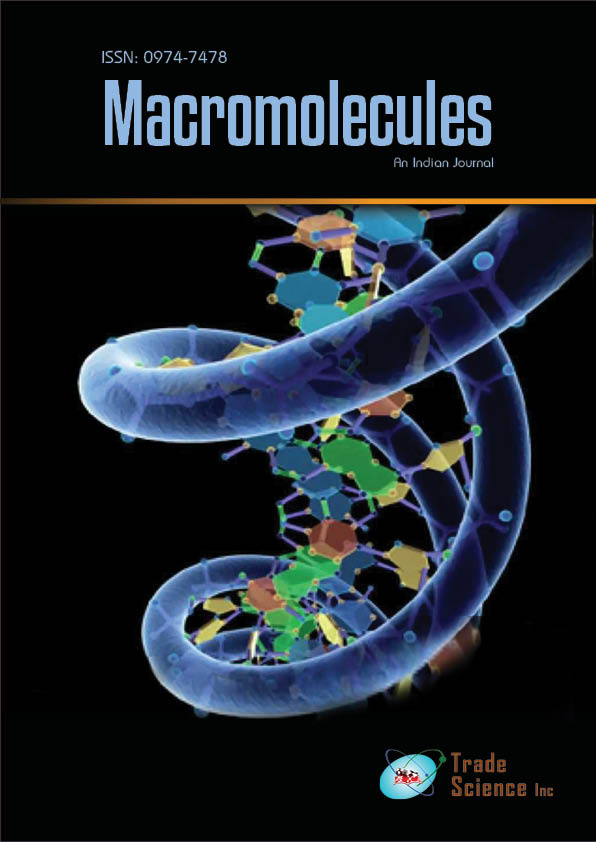Abstract
Studies on molar extinction coefficients of some bio-molecules
Author(s): S.R.Manohara, S.M.HanagodimathMolar extinction coefficients of bio-molecules such as, amino acids (glycine, alanine, serine, cysteine, aspartic acid, asparagine, threonine, proline, glutamic acid, glutamine, valine,methionine, histidine, leucine, lysine, arginine, phenylalanine, tyrosine, tryptophan), fatty acids (lauric, myristic, palmitic, stearic, arachidic, behenic, lignoceric, cerotic, montanic, palmitoleic, oleic, brassidic, nervonic, linoleic, linolenic, arachidonic, eicosapentaenoic, docosahexenoic), and carbohydrates (glyceraldehyde, erythrose, arabinose, glucose, sucrose, raffinose) have been determined in the extended photon-energy region 1 keVto 100 GeV. Calculations have been carried out using a computer program (WinXCom) based on a modern data base of photon interaction cross-sections. It is found that, different bio-molecules having the same molecular formula have same molar extinction coefficient values varying within small uncertainty. These coefficients have been found to depend upon the photon energy following a nine-parameter polynomial. It is also found that these coefficients are independent of the nature of the binding between the various atoms and depend mainly on the number and nature of atoms. Theoretical values for the molar extinction coefficient are compared with experimental values.A good agreement has been obtained between the theoretical values and experimental results.

